アルミニウムダイキャスティング 今日の産業環境で最も重要な製造プロセスの1つです. アルミニウムの軽量特性と高圧成形の精度を組み合わせる, この手法は複合体を生成します, 高強度部品は効率的かつ大規模です.
このガイドは、アルミニウムダイキャスティングプロセスの包括的な概要を提供します, 重要な合金を含む, 表面仕上げ, 設計上の考慮事項, 主要産業のアプリケーション.
導入
アルミニウムは軽量です, 高い熱導電率と電気伝導率を備えた耐食性金属. これらのプロパティは、ダイカストを通じて緊密な許容範囲を持つ複雑なコンポーネントを生産するのに理想的です. すべての形成プロセスの中で, アルミニウムダイキャスティングは、その再現性のために際立っています, 寸法精度, コスト効率, 特に大量生産用.
アルミニウムダイキャスティングプロセスは何ですか?
意味
アルミニウムダイキャスティングは、溶融アルミニウムを鋼型に注入する高圧製造方法です (死ぬ) 複雑なものを生成する, 正確な金属部品. 主に使用されています コールドチャンバーダイキャスティングマシン アルミニウムの融点が高いためです (〜660°Cまたは1220°F), ホットチャンバーマシンで水没したコンポーネントを損傷するでしょう.
段階的なプロセス:
溶融: アルミニウムのインゴットは、別の炉で溶けます.
ひしゃく: 溶けた金属は手動またはロボット的にショットスリーブにひしゃくされています.
注射: ピストンは溶融アルミニウムを高圧でカビの空洞に押し込みます (10–175 MPa).
凝固: 金属はダイ内で冷えて硬化します, 通常、数秒以内.
排出: カビが開き、部分が排出されます, 多くの場合、自動エジェクターピンを使用します.
トリミングと仕上げ: 余分な材料 (フラッシュ) 削除されます, オプションの表面仕上げが適用されます.
ダイキャスティングダイは何千回も再利用できます, この方法を大量の生産に最適にします.
アルミニウムダイキャスティングの利点
アルミニウムダイキャスティングは、いくつかの技術的および経済的な利点を提供します:
✅ 優れた表面仕上げ: 後処理をほとんどまたはまったく必要としない滑らかな表面.
✅ 高次元精度: ±0.1 mmのタイトな耐性が達成可能です.
✅ 高い強度重量比: 部品は両方とも軽量で構造的に健全です.
✅ 優れたサーマル & 電気伝導性: ヒートシンクやエンクロージャーに最適です.
✅ 最小気孔率: 高度な通気口とゲーティングは、内部ボイドを減らします.
✅ 設計の柔軟性: 複雑なジオメトリと薄壁のセクションをサポートします (<1.5 んん).
✅ コスト効率: 再利用可能な型, 速いサイクル時間, 自動化はパートあたりのコストを削減します.
✅ 持続可能性: アルミニウムはです 100% パフォーマンスの損失なしでリサイクル可能.
一般的なアルミニウムダイ鋳造合金
適切な合金を選択することは、パフォーマンスに不可欠です, 耐久性, キャスタビリティ. これが最も使用されているダイキャスティンググレードです:
| 合金 | 主な特長 | アプリケーション |
| A380 | 優れたキャスティブ可能性, 強さ, 耐食性 | エンジンブラケット, 電動工具, 電子エンクロージャー |
| A390 | 高硬度, 耐摩耗性, 低延性 | シリンダーブロック, 油圧コンポーネント |
| A360 | 圧力の強さ, 優れた腐食抵抗 | 5Gハウジング, コントローラーシェル |
| A413 | 良い流動性, 圧力の強さ | 複雑な薄壁部品 |
| ADC-12 | 日本の標準; A383に似ています | 自動車および産業コンポーネント |
| ADC-1 | 強度が向上しました, 縮小が少ない | 高精度鋳物 |
各合金は機械的特性が異なります, 熱挙動, 被削性, 腐食または亀裂に対する抵抗.
アルミニウム合金の重要な特性
ダイキャストアルミニウム合金は、機械的および機能的特性の強力なブレンドを提供します:
軽量: 全体的な質量を減らし、エネルギー効率を向上させます.
耐食性: 錆から保護するために天然の酸化物層を形成します.
熱効率: 電子エンクロージャーの優れた熱散逸.
電気的に導電性: EMI/RFIシールドに最適です.
高い引張強度と降伏強度: 構造負荷に対して信頼できます.
完全にリサイクル可能: 最小限の劣化を伴う環境的に持続可能.
ダイキャストアルミニウムの表面仕上げオプション
アルミニウムダイキャスティングはしばしばスムーズなアシュスト仕上げをしていますが, 表面処理は、外観または機能性を高めるために適用されます.
陽極酸化処理
表面を酸化アルミニウム層に変換します.
摩耗と耐食性を改善します.
電気的に非導電性, 断熱に適しています.
粉体塗装
厚いものを追加します, カラフル, 耐久性のある保護層.
傷, 紫外線, 腐食耐性.
審美的な柔軟性: マット, 光沢, またはテクスチャ仕上げ.
化学フィルム (クロメート化成処理)
電気伝導率を維持しながら、耐食性を提供します.
航空宇宙と軍事級の部品に最適です.
アルミニウムダイキャスティングのアプリケーション
工事
ウィンドウフレーム, カーテンウォールブラケット, サポート構造.
橋とモジュール式建築システムでの使用の増加.
自動車
トランスミッションハウジング, エンジンブロック, 括弧, オイルフライパン.
車両の重量と排出量を削減するのに役立ちます.
エレクトロニクス
ヒートシンク, エンクロージャ, スマートフォンフレーム, 5Gアンテナハウジング.
熱管理とEMIシールドを組み合わせます.
家具
椅子ベースのような耐久性のあるがエレガントなコンポーネント, ハンドル, とロック.
航空宇宙
ピストンヘッド, ギアハウジング, 照明エンクロージャー, エンジン部品.
低重量と高張力性能を組み合わせます.
ダイキャストアルミニウム部品の設計上の考慮事項
金型設計
滑らかな金属の流れと簡単な排出のために最適化します.
明確な別れの行を定義し、ドラフト角度を追加します.
注入点
閉じ込められた空気を減らし、完全な充填を確保するために重要です.
複雑な部品には複数のゲートが必要になる場合があります.
肉厚
薄い壁は体重を減らしますが、構造的完全性を維持する必要があります.
ホットスポットや反りを避けるために均一な壁の厚さを目指してください.
アルミニウムダイキャスティングコスト要因
アルミニウムダイキャスティングは、大規模な費用対効果が高いです. 主要な価格設定変数が含まれます:
工具のコスト: 通常、複雑さに応じて7,000〜75,000ドル.
音量: カビの再利用により、ユニットごとのコストを大幅に削減します.
部分ジオメトリ: 複雑な形状は、より複雑なツールとより長いサイクル時間を必要とします.
材料 & マシンタイム: 合金タイプと部品質量衝撃サイクルの期間と材料コスト.
労働: 設定, トリミング, 検査時間は人件費に貢献します.
アルミニウムダイキャスティングサービス - RapidDirectの例
トップの精度オファー:
±0.004 "のタイトな公差 (0.1 んん)
ISO 9001:2015 認定プロセス
DFMフィードバックとCADモデルからの迅速な引用
大量生産能力への完全なプロトタイピング
利点:
まで 30% コスト削減
カスタム仕上げと仕様
エンドツーエンドの品質制御
結論
アルミニウムダイキャスティングは高精度です, スケーラブル, および費用対効果の高い製造方法. 軽量でありながら強力なコンポーネントを必要とするアプリケーションに特に理想的です。. より大きな生産量を使用するとき, ダイキャスティングは、パフォーマンスで比類のない価値を提供します, スピード, そして再現性.
自動車コンポーネントを構築するかどうか, エレクトロニクス, または建築部品, 右合金を選択します, 設計戦略, サービスパートナーはあなたのプロジェクトの成功に大きな影響を与える可能性があります.
よくある質問
Q1: アルミニウムダイの鋳造は、砂の鋳造とどのように異なりますか?
Die Castingは、精度のためにスチール型を使用します; 砂鋳造は、消耗品の砂型を使用します.
ダイキャスティングは、次元の精度と表面仕上げが向上しますが、ツーリングコストが高くなります.
砂の鋳造は低容量にスーツを着ています, 大規模な生産; ダイキャスティングは大量のランで優れています.
第2四半期: アルミニウムは高価です?
ツーリングは前払いです, しかし、このプロセスは、大きなバッチで非常に費用対効果が高くなります.
Q3: ダイキャスティングはどれくらい速いですか?
ツールがセットアップされたら, サイクル時間の範囲 30 1部あたり数分から数分.
関連記事:

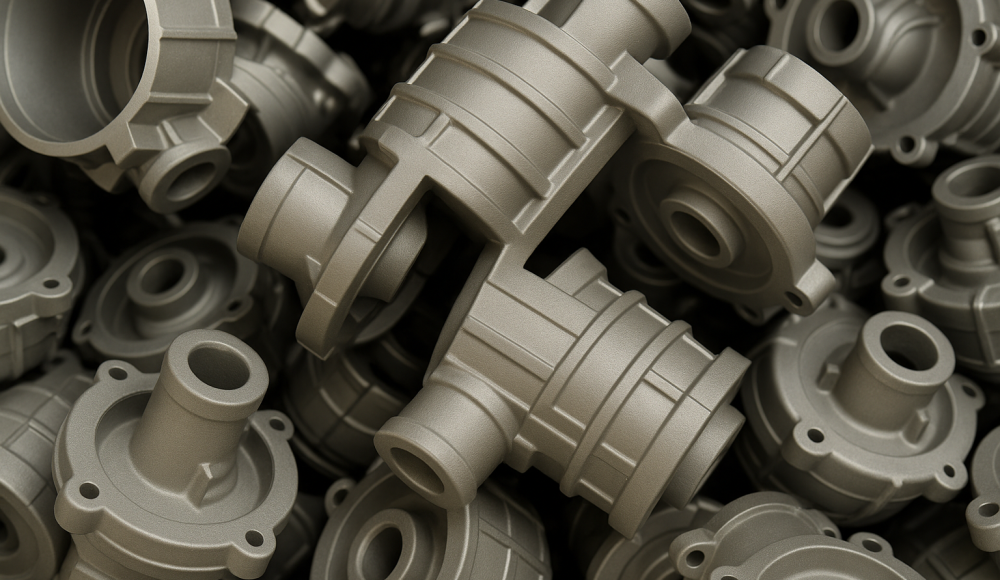

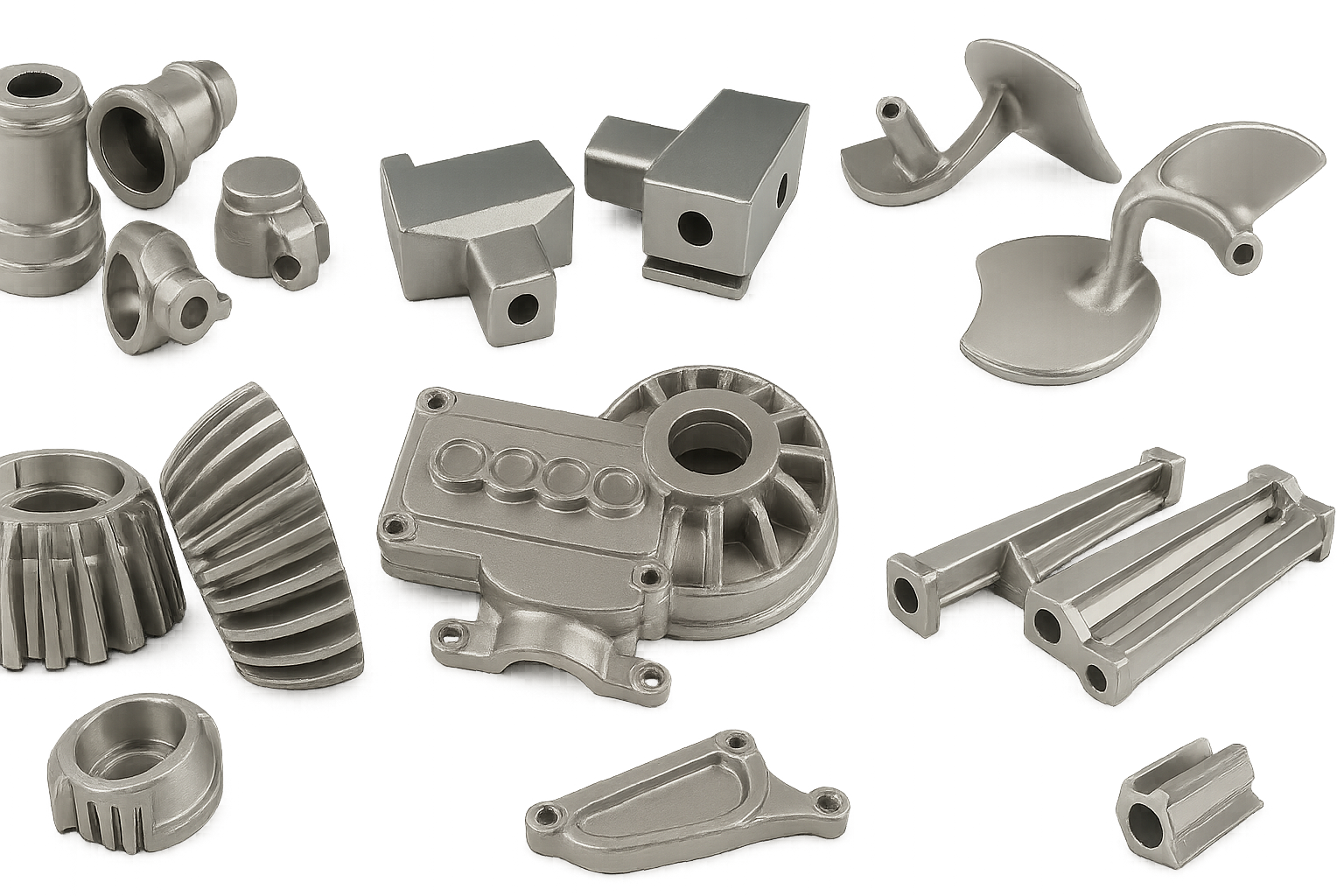
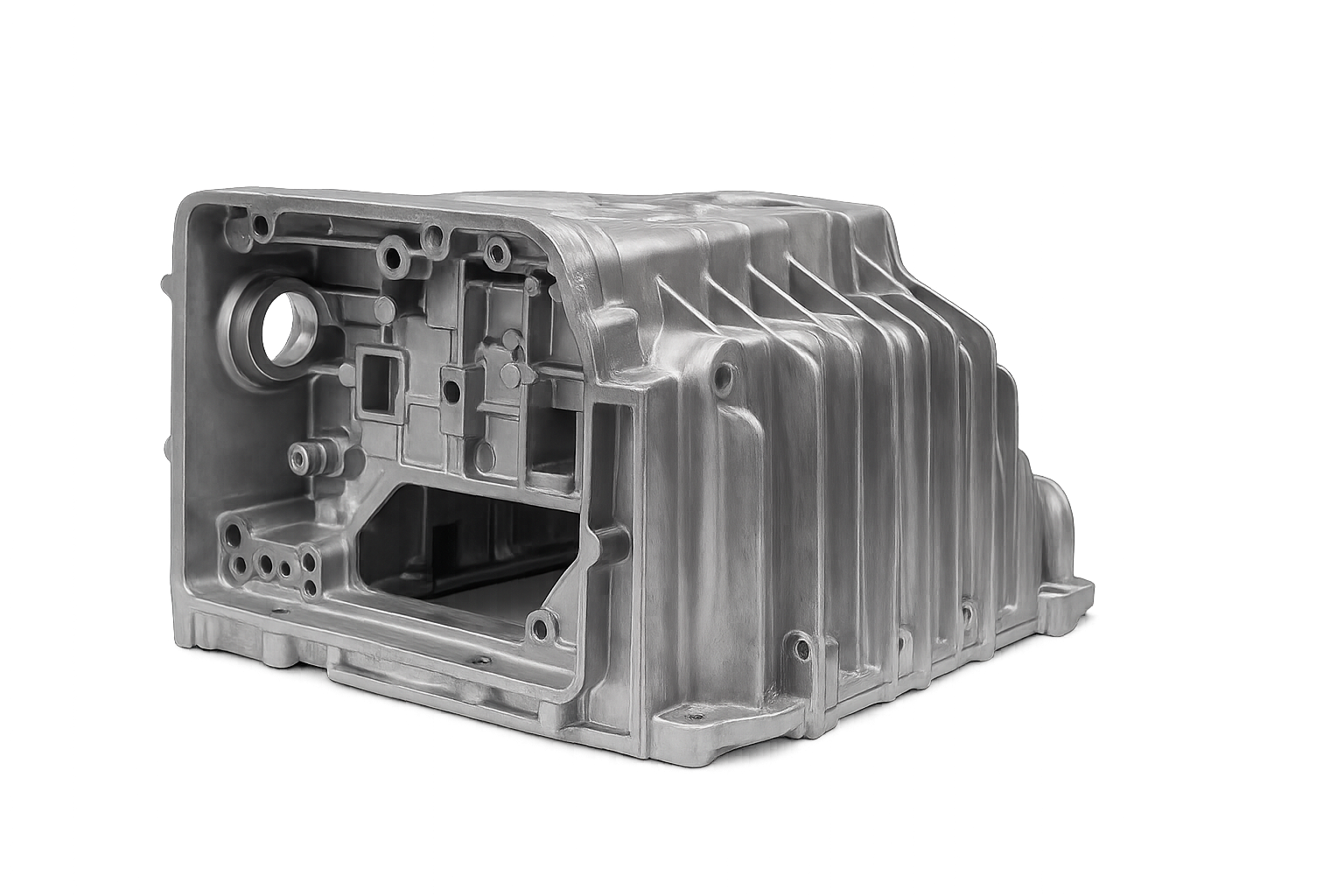
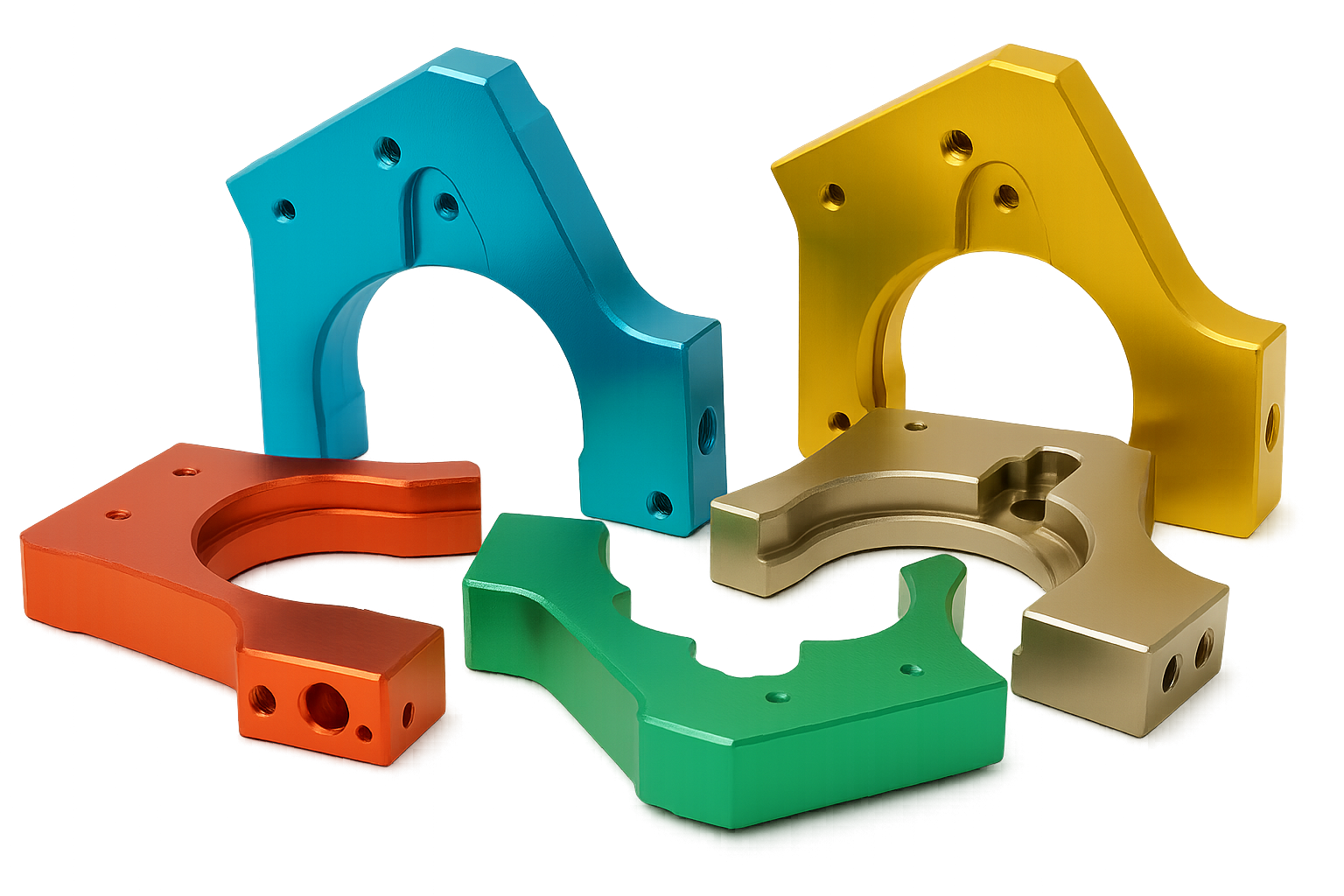
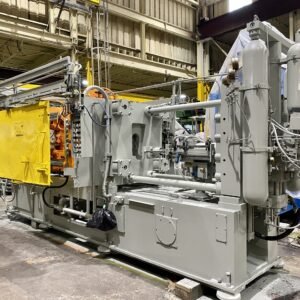
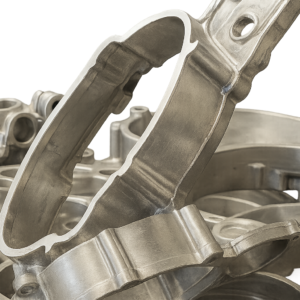
1 「」について考えましたアルミニウムダイキャスティングの完全なガイド: プロセス, 合金, 仕上げ & アプリケーション”